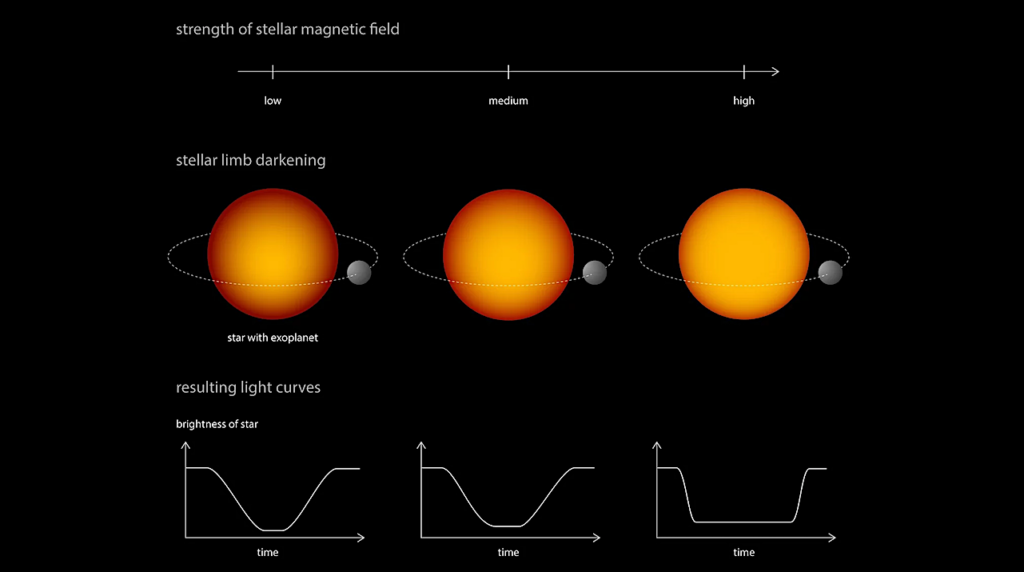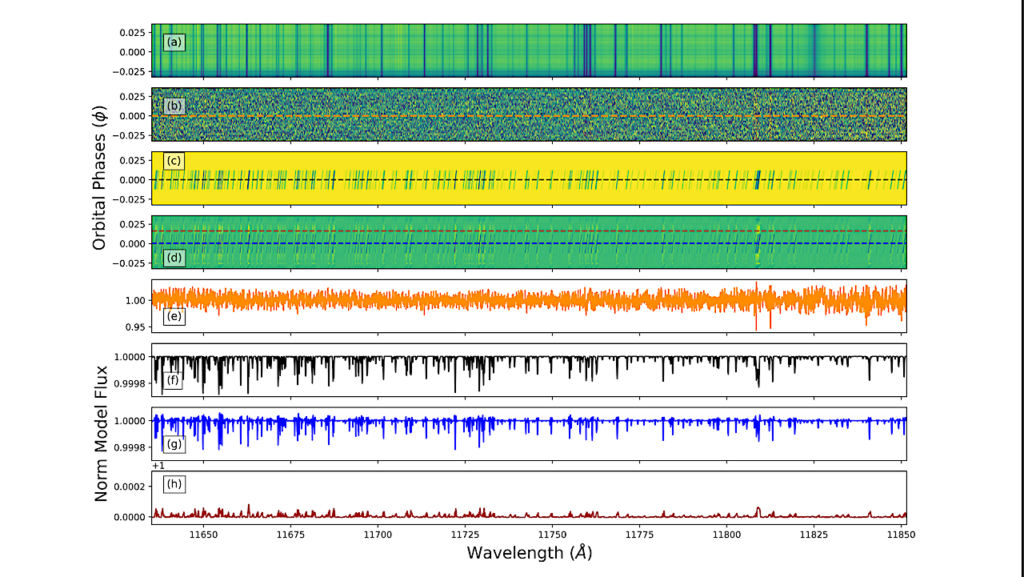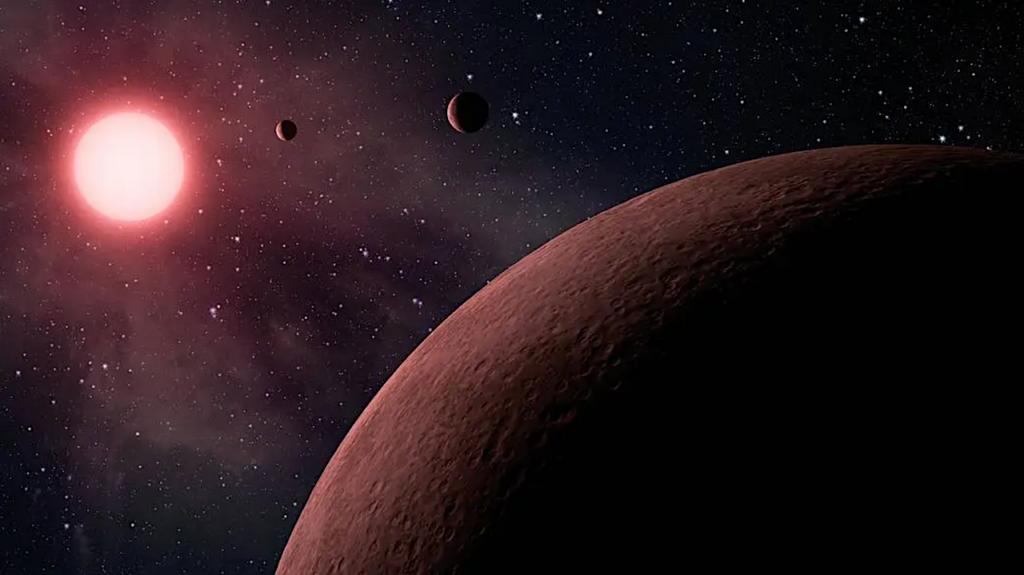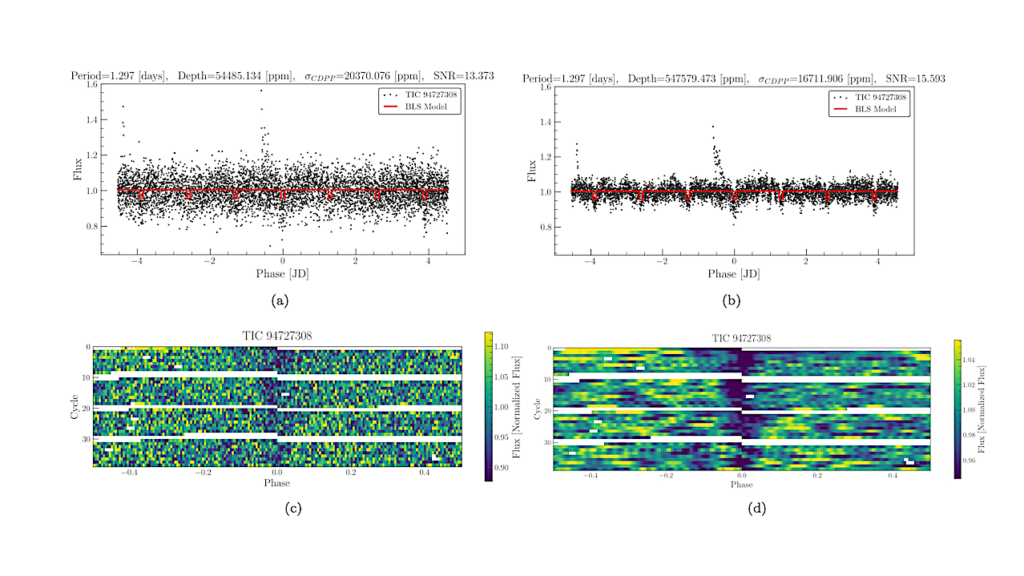Kepler Provides Insights into Unusual Dwarf Star

Astronomer John Gizis of the University of Delaware, working with data obtained by the Kepler mission, is studying a highly unusual dwarf star and its powerful flares that may hold clues to the likelihood of life on other planets as well as to the behavior of our Sun.
Known as an L dwarf, this coolest type of star is about 53 light-years from Earth. Gizis, who discovered it two years ago using a ground-based telescope, has now conducted additional research using Kepler observations over the past two years. About once a week, the star flares, heating up from its usual 3,700 degrees Fahrenheit to about 14,000 degrees in just three minutes, and then slowly cooling again.
“We saw these white-light flares, which were a first for such a cool star,” Gizis said. “We hope we can use what we’re learning to understand what’s happening with our Sun — how flares work there and how magnetic fields in stars behave.”
In addition, he said, the powerful flares may indicate that conditions for life on other planets near such activity are more dangerous than previously thought.
Kepler, the NASA mission subtitled “A Search for Habitable Planets,” launched in 2009 and orbited the Sun, focusing on a single, large section of sky. With recent equipment malfunctions, scientists believe the mission has now come to an end. Gizis expects to spend about six more months analyzing data that Kepler has already gathered and to then continue studying the L dwarf with different equipment.
“What was really marvelous about Kepler is that it was able to watch about 160,000 stars for four years without a break, which would have been impossible otherwise,” Gizis said. “And now that we know what we’re looking for, we can continue to observe the L dwarf with other telescopes.”
The star, designated W1906+40, is smaller than Jupiter, cooler than the Sun, and “many billions” of years old, possibly a similar age as the 4.5-billion-year-old Sun, he said. It’s closer to Earth than the other stars Kepler studied, but because it’s dimmer, it was more difficult to find.
“I’m an observational astronomer,” Gizis said. “I like discovering new stars.”
He is presenting his discoveries June 3 at the 222nd meeting of the American Astronomical Society, and the results are to be published in an upcoming issue of The Astrophysical Journal. The research was funded by a NASA grant.
PIO Contact:
Ann Manser
Office of Communications and Marketing
+1 (302) 831-1155
[email protected]
Science Contact:
John Gizis
Associate Professor of Physics and Astronomy
+1 (302) 831-2668
[email protected]








